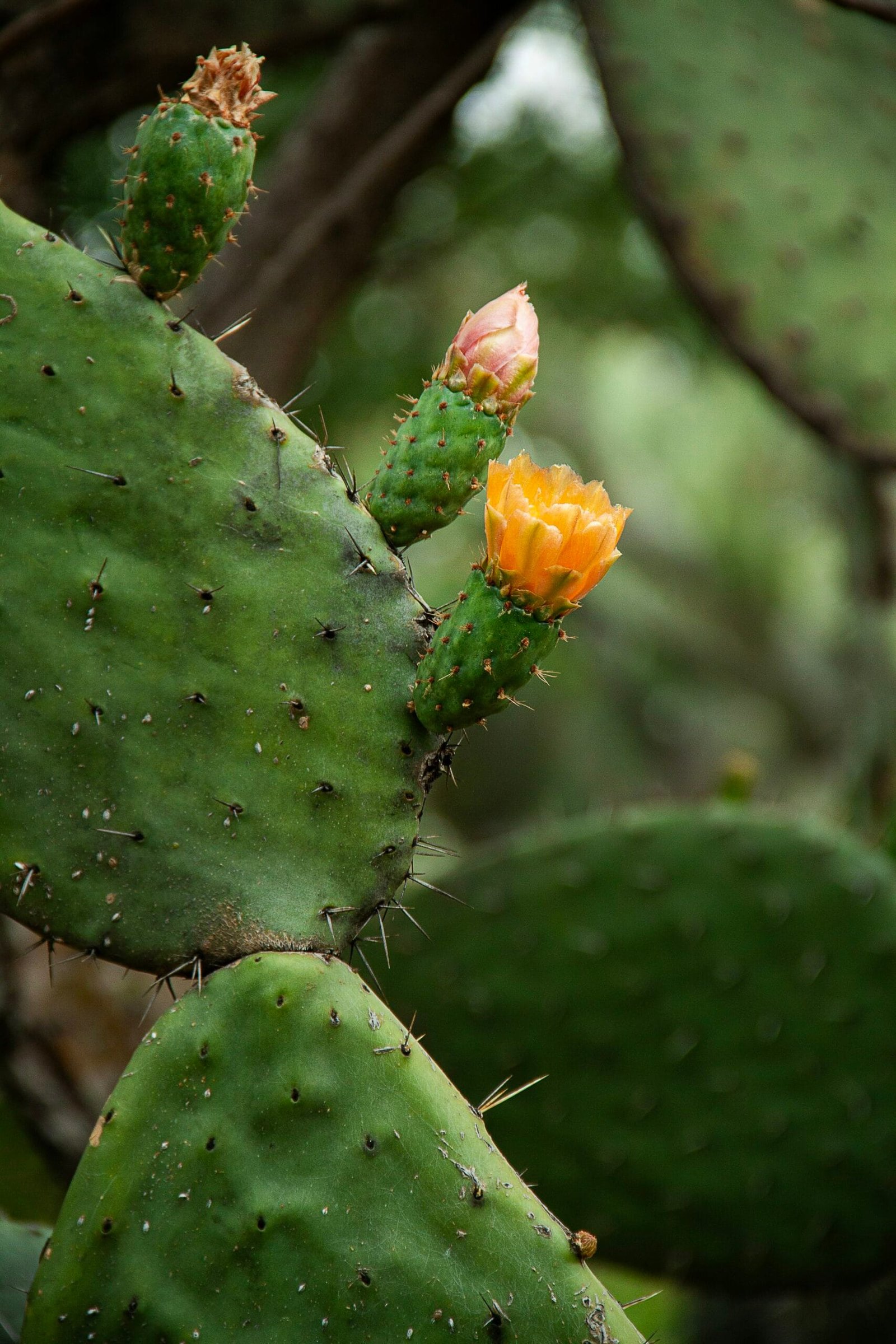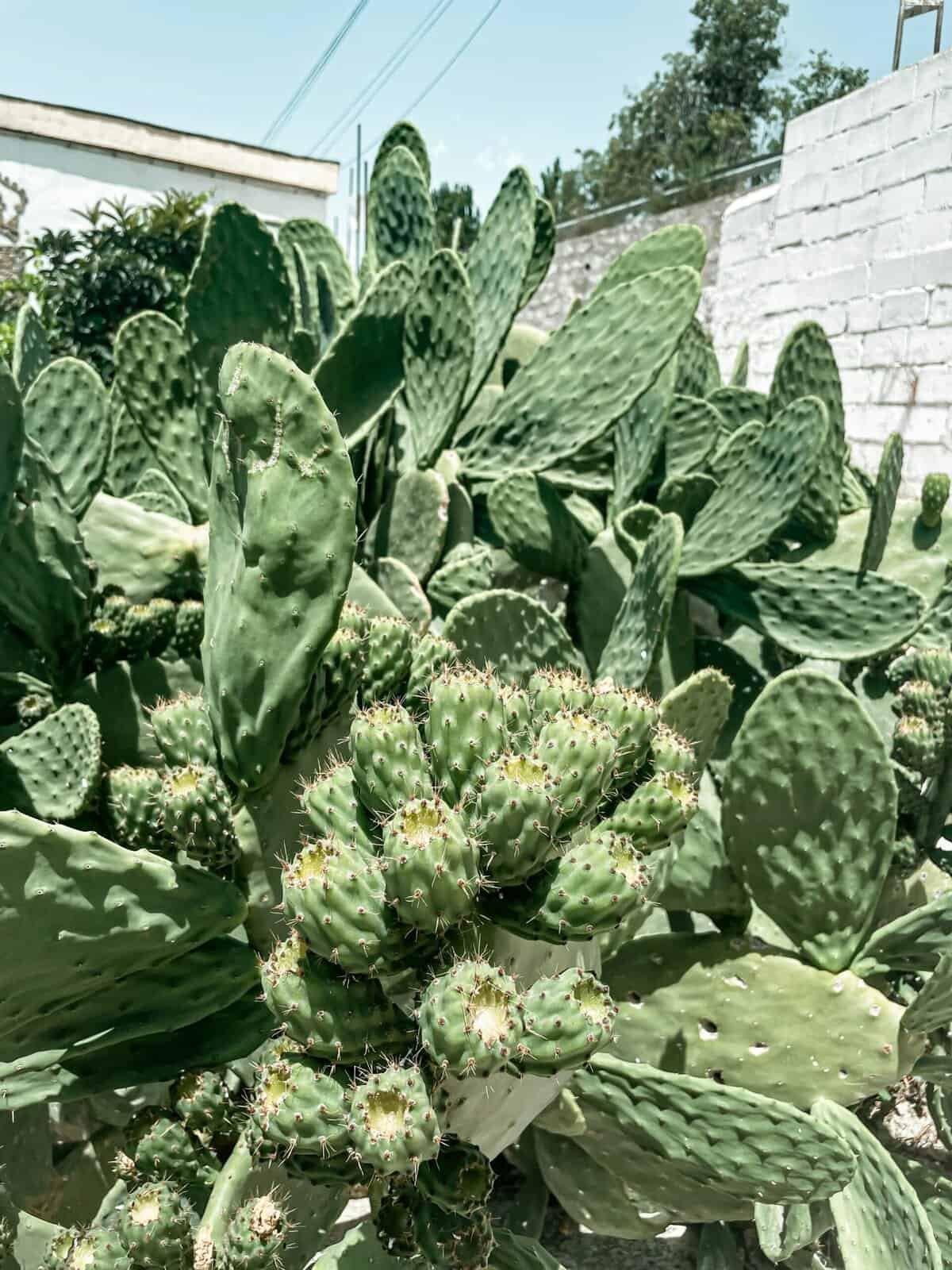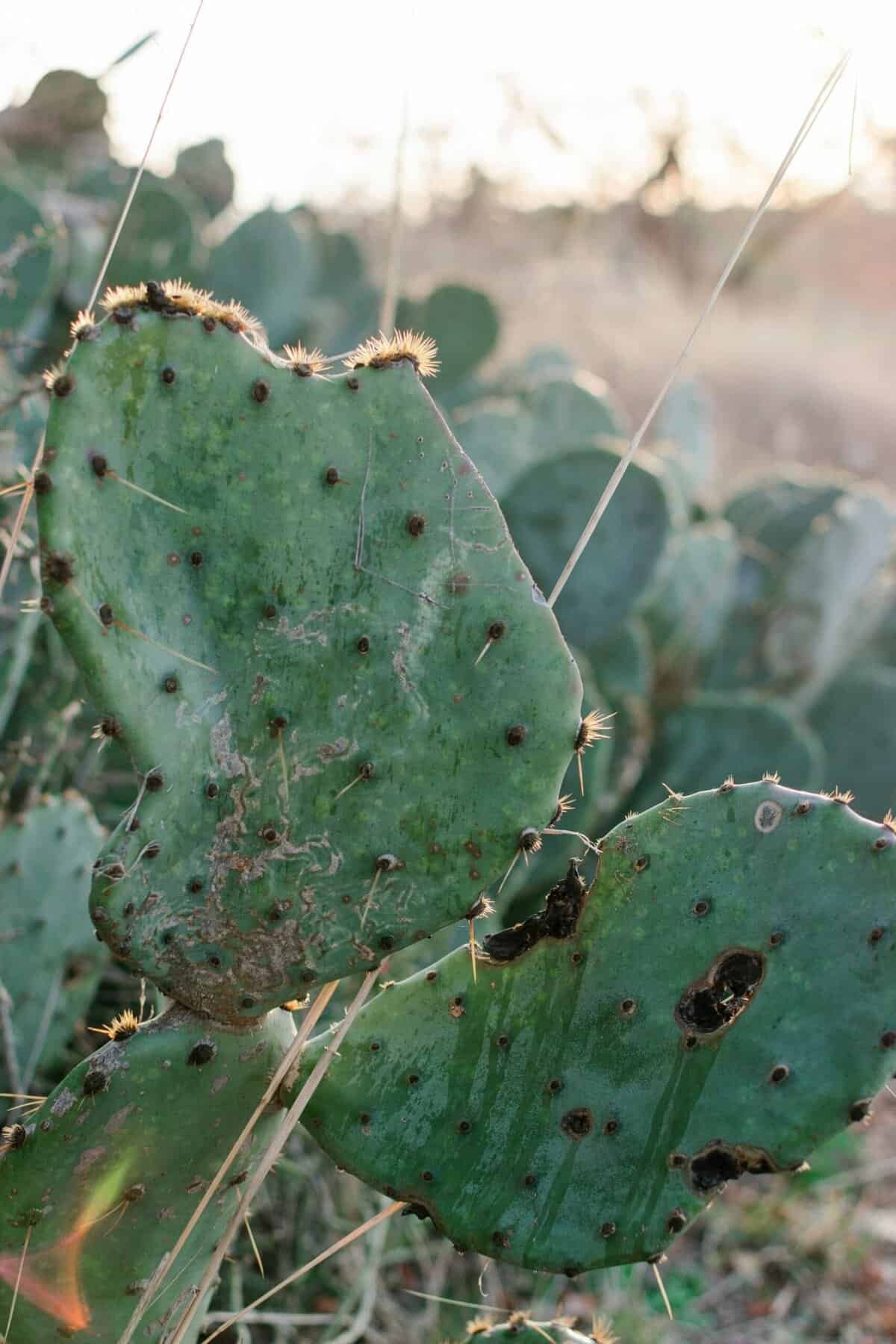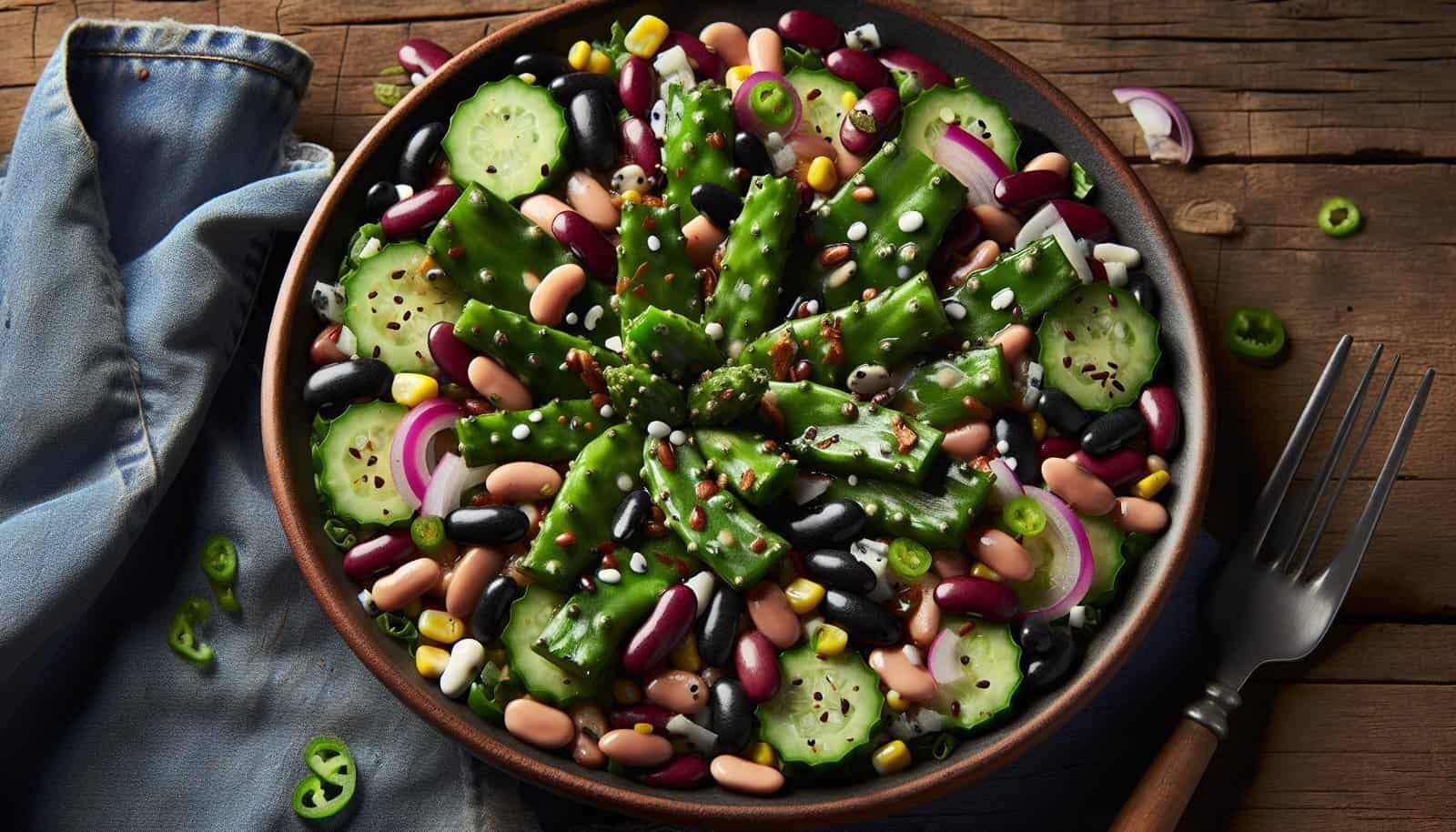Have you ever wondered how to make a delicious and nutritious nopal and bean salad? This delightful dish combines the unique flavors of nopal cactus pads, commonly used in Mexican cuisine, with the hearty richness of beans. Not only is it a flavorful feast, but it’s also packed with nutrients that are beneficial for your health. In this article, you’ll discover a step-by-step guide to creating your very own nopal and bean salad, as well as insights into the nutritional benefits and potential variations of this fascinating dish.
Understanding Nopales
Before you get your hands busy in the kitchen, it’s important to get acquainted with nopales, one of the central ingredients of this salad. These cactus pads might seem intimidating at first, but they’re truly worth getting to know.
What Are Nopales?
Nopales are the pads of the prickly pear cactus, a plant native to Mexico and the southwestern United States. They can be eaten raw or cooked and are featured in a variety of dishes. Their flavor is tangy and slightly tart, while their texture is moist and crisp, similar to green beans or okra.
Nutritional Benefits of Nopales
Nopales are brimming with health benefits. They are low in calories yet rich in fiber, vitamins, and minerals. They contain significant amounts of vitamin C, vitamin E, vitamin A, iron, calcium, and potassium. In addition to these, nopales are known for their antioxidative and anti-inflammatory properties, making them excellent for your overall well-being.
Choosing the Right Ingredients
Creating a tasty nopal and bean salad starts with selecting the freshest and highest quality ingredients. Let’s break down what you’ll need.
Selecting Fresh Nopales
You’ll typically find fresh nopales in Hispanic grocery stores or farmers markets. Look for small-to-medium-sized pads, as they tend to be more tender. Ensure the pads are bright green, with no blemishes or signs of drying.
The Ideal Beans for the Salad
Traditional choices include pinto or black beans; however, you can use other types like kidney or white beans based on preference. Opt for organic, canned, or dried beans, making sure they’re cooked properly to achieve the perfect texture.
Additional Ingredients
Here’s what else you’ll need to complement the main ingredients:
- Tomatoes: Use ripe, firm tomatoes for a fresh burst of flavor.
- Onions: Red or white onions contribute a sharp, tangy taste.
- Cilantro: Adds a refreshing herbaceous note.
- Lime Juice: Offers a citrusy zing that balances the dish.
- Olive Oil: Use extra-virgin olive oil for its depth of flavor.
- Salt & Pepper: To taste, for seasoning.
- Optional Add-ins: Avocado, jalapeños, or cheese for additional complexity.
Ingredient Table
| Ingredient | Quantity |
|---|---|
| Fresh Nopales | 3 cups sliced |
| Beans | 1.5 cups |
| Tomatoes | 2, chopped |
| Onion | 1/2 cup diced |
| Cilantro | 1/4 cup chopped |
| Lime Juice | 2 tablespoons |
| Olive Oil | 2 tablespoons |
| Salt & Pepper | To taste |
| Optional Adds | As desired |

Preparing Your Ingredients
Taking the time to properly prepare your ingredients will enhance the flavors and texture of your salad.
Cleaning and Cooking Nopales
Begin by cleaning the nopal pads. Carefully use a knife to remove any spines or nodes. Once cleaned, rinse the pads under cold water. To cook, slice the nopales into strips or cubes and boil them in salted water for about 8-10 minutes. They should be tender yet still retain a bite. Drain them well and set aside to cool.
Cooking Beans if Using Dried
If using dried beans, soak them overnight, then cook until tender but not mushy. If you’re pressed for time, canned beans are a great alternative. Just ensure to rinse them thoroughly to remove any excess salt or preservatives.
Assembling the Salad
Now that your ingredients are prepared, it’s time to bring your salad to life.
Mixing the Components
To assemble your salad, gently mix together the cooked nopales, beans, chopped tomatoes, onion, and cilantro in a large bowl. Try to combine the ingredients evenly without crushing them.
Dressing the Salad
In a smaller bowl, whisk together the lime juice, olive oil, salt, and pepper. Drizzle this dressing over your salad, tossing everything until it’s well-coated and flavorful.

Perfecting Your Dish
Creating the perfect nopal and bean salad is all about balance and taste. Here are some tips to ensure success.
Adjusting Flavors
Taste is subjective; thus, feel free to adjust the lime juice, salt, and pepper to suit your palate. If you enjoy a bit of heat, chopped jalapeños could be a fitting addition. Should you prefer a creamier texture, consider tossing in diced avocado.
Presentation Tips
A beautifully presented salad not only looks inviting but can enhance your dining experience. Serve your salad in a clear glass bowl to showcase its vibrant colors. Garnish with a sprig of cilantro on top for that extra flair.
Variations and Add-ons
The beauty of a nopal and bean salad lies in its versatility. Here are some exciting variations you can try.
Adding Protein
For a heartier meal, consider adding grilled chicken, shrimp, or even tofu. These can enhance the nutritional value and make the salad a more filling option for lunch or dinner.
Incorporating Grains
Adding grains like quinoa, bulgur, or barley can introduce more texture and make the dish substantial. Cook and cool the grains before mixing them into your salad for the best results.
Cheese Enhancements
Opt for crumbled feta, queso fresco, or cotija cheese for additional flavor. These cheeses contribute a creamy texture and savory note that pairs beautifully with the fresh ingredients.

Frequently Asked Questions
How Do I Store Leftover Nopal and Bean Salad?
Store leftovers in an airtight container in the refrigerator for up to three days. Note that if you’ve used avocado, it might brown slightly, but this won’t affect the taste.
Can I Freeze Nopal and Bean Salad?
Freezing is not recommended as the texture of the nopales and tomatoes may change upon thawing. It’s best consumed fresh.
Are Nopales Safe to Eat Raw?
Yes, nopales can be eaten raw. However, cooking them helps soften their texture and reduce any natural sliminess, which enhances their flavor when used in salads.
What Other Dressings Work Well with This Salad?
While the lime and olive oil dressing is traditional, you can also use vinaigrettes or creamy dressings like a cilantro-lime crema for a different twist.
Conclusion
Creating a nopal and bean salad is a delightful culinary adventure that invites you to explore the vibrant flavors of traditional Mexican cuisine. With this guide, you’ve learned not only how to prepare this dish but also how to tailor it to your own tastes and dietary preferences. Whether enjoyed as a side dish, a main course, or a party favorite, the nopal and bean salad is sure to impress with its unique taste and ample health benefits. Happy cooking!


